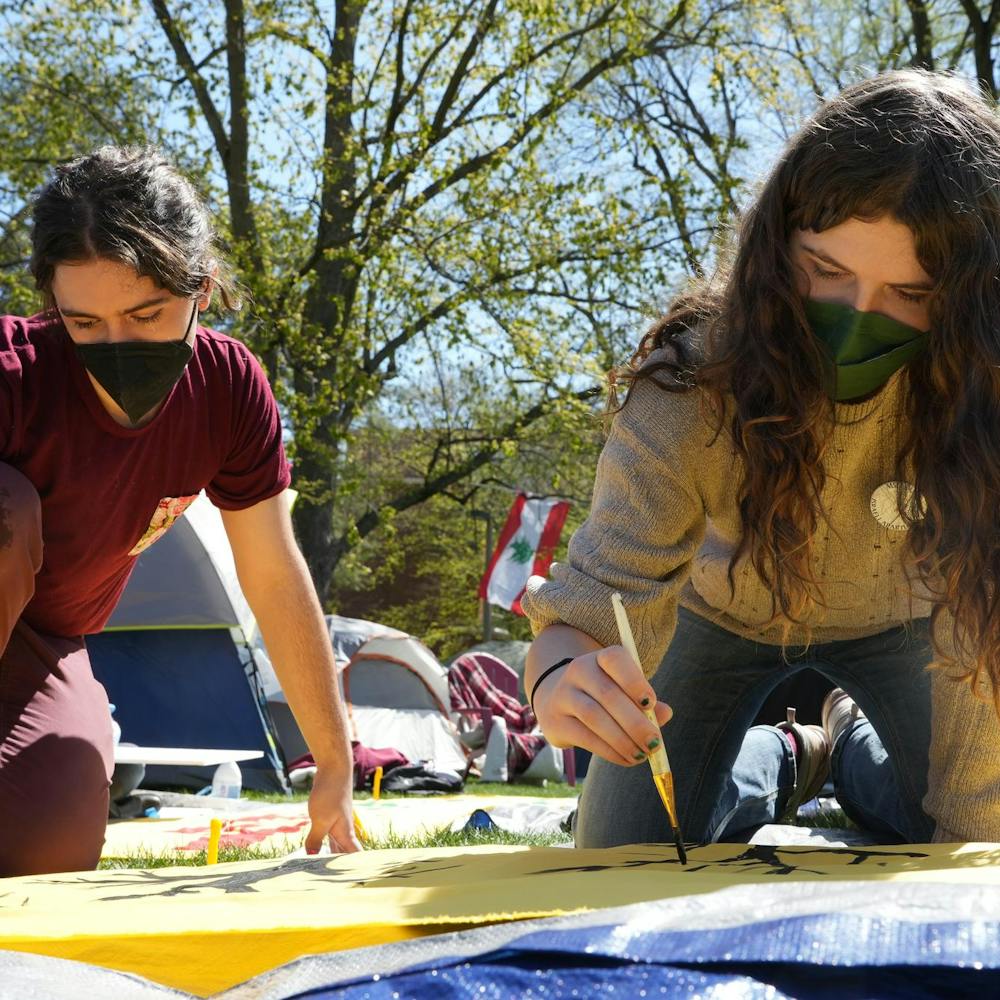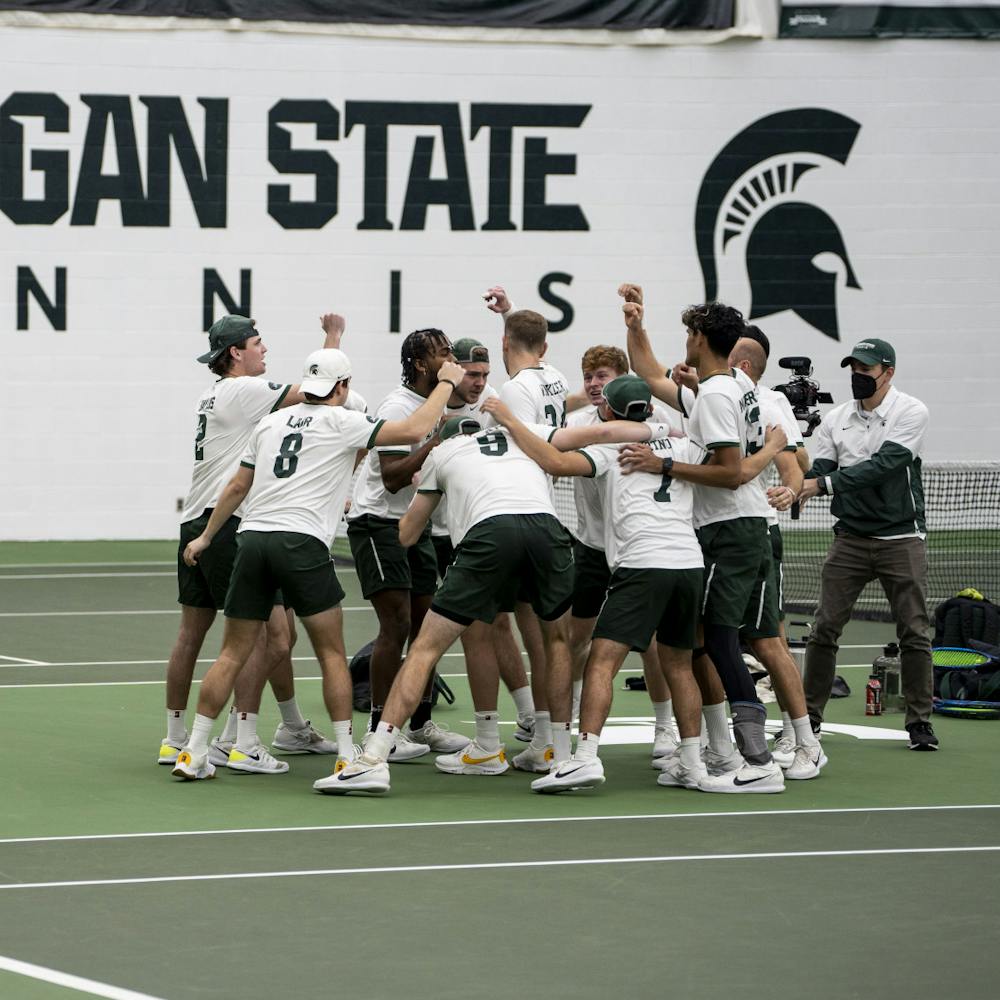Outside of the need for good endurance and playing on or in some form of water, there are few similarities between swimming and hockey.
This doesn’t mean the two can’t coincide with each other.
That’s what the Underwater Hockey team at MSU has done. The team was founded in 2001 and is only one of five teams in the state of Michigan, anthropology senior and underwater hockey president Mallory Simon said via email.
Underwater hockey consists of players, each with an eight to 10 inch stick, trying to move a puck forward to score a goal on the opposite team. There can only be six players in the water at the same time.
On the MSU team, not all players have experience in either sport.
Economics sophomore Eduardo Gonzalez is new to the team and ran track in high school.
Although he has no previous experience in competitive swimming, Gonzalez said he was first drawn to the team during Sparticipation.
“I thought it was really unique. ... I talked to some of the people there, and they all seemed really cool and I decided to give it a chance,” Gonzalez said.
He said he found the swimming aspect of the sport to be somewhat difficult, being “athletic in that way.”
“It was pretty tough the first few weeks here, but I slowly adjusted and learned to love it,” Gonzalez said.
Some new team members, however, did swim before joining the team, and haven’t experienced much of a transition.
Human biology freshman Grayam Hotchkiss swam all four years in high school and said the only thing different is swimming with a snorkel and fin, he said.
“The fact that you’re not swimming on the surface ... (and) getting used to something with fins and with a snorkel is the first thing you get acclimated with,” Hotchkiss said. “It’s not too difficult because I have experience using fins and a snorkel.”
Professional writing freshman Anna Carnes — who’s been swimming for 10 years — didn’t feel a lot of the pressures people who haven’t swam usually feel, she said.
“I’m comfortable in the water. ... It’s pretty natural,” Carnes said.
Carnes said the only difficulty she had with the sport at first was breath control because of the 12-feet deep pool.
“Getting down to the bottom and being able to stay down there without coming up to take a breath while you’re trying to score, that was really hard,” Carnes said.
Carnes said the aggressiveness and competitiveness of the game was also difficult to adjust to and was at first “pretty scary.”
“Me coming in, it was like a bunch of people on top of me,” Carnes said.
With the learning curve of a sport, there are mentors to go along with it, and the underwater hockey team has one mentor in computer science junior Zachary Richardson.
“You have to get them comfortable with just being down there and breathing through the snorkel,” Richardson said.
Richardson said new members of the team get off to a slow start, but once they get past the learning curve, it opens up opportunities to do “cool stuff.”
“You can start showing them what positioning looks like, you can show them some cool stick moves and how to maneuver the puck without losing it,” Richardson said. “Once they get it, they get it.”






